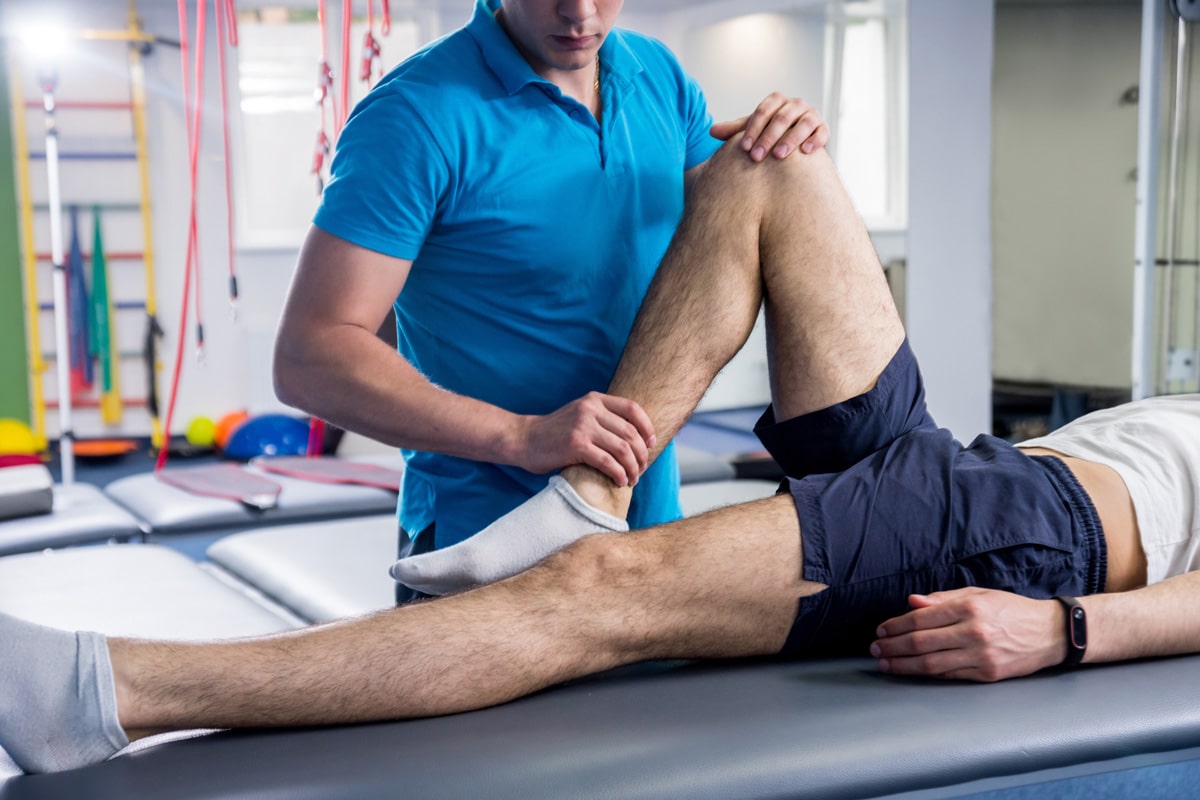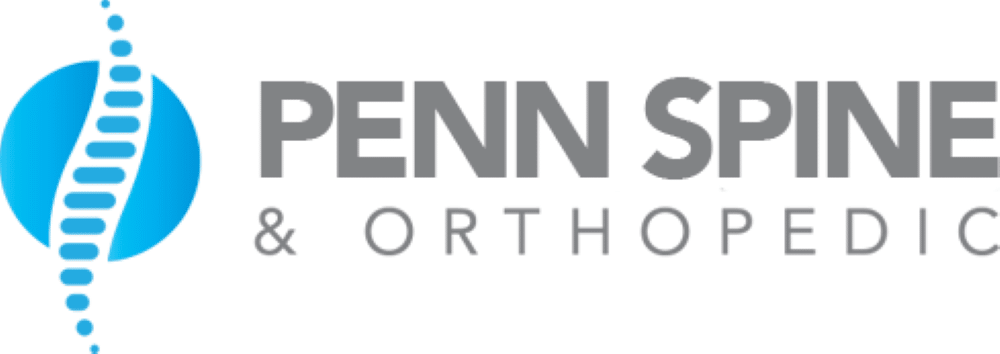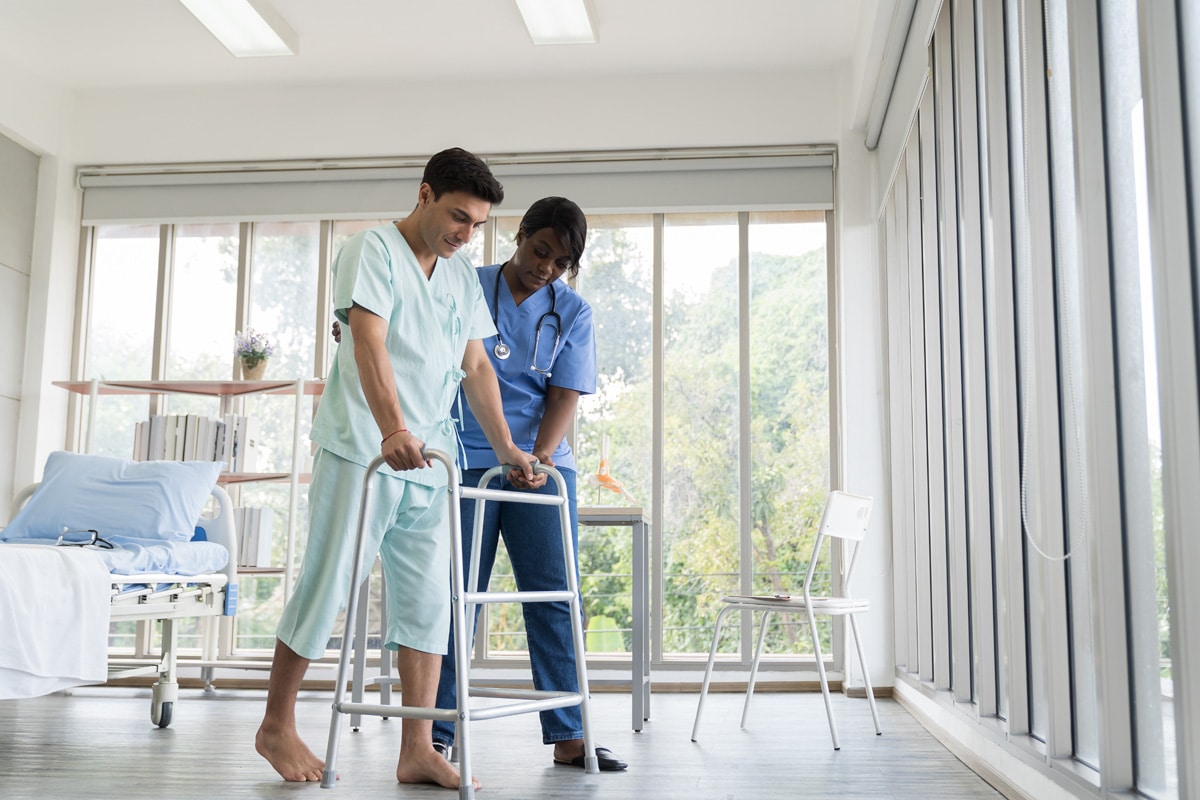The healing process following a coccygectomy surgery can often be a complex and challenging journey. While the surgical procedure itself is critical, the post-operative care and recovery significantly influence the overall success and comfort of the patient. From hydrating properly to maintaining a nourishing diet, engaging in gentle physical activities, and prioritizing emotional well-being, there are several strategies that can potentially expedite this recovery process. Let us explore these aspects and discuss how they can be implemented effectively to ensure a smooth and quick recovery post-coccygectomy.
Understanding Coccygectomy Surgery
In order to fully grasp the recovery process, it is crucial to first understand what Coccygectomy surgery entails, a medical procedure that involves the surgical removal of part or all of the tailbone, also known as the coccyx. This surgery is typically performed to alleviate chronic pain, caused by conditions such as coccydynia, a fractured coccyx, or a dislocated coccyx.
Like any surgical procedure, Coccygectomy surgery is associated with certain risks. Surgery risks include infection, bleeding, and complications related to the anesthesia. As the coccyx is close to many vital structures, there’s also a risk of damaging these structures during surgery. This could lead to problems with bowel and bladder function, sexual function, and mobility.
Anesthesia effects can vary greatly among patients. Common side effects include nausea, vomiting, dry mouth, sore throat, shivering, and sleepiness. More serious, but rare, effects can include allergic reactions, breathing difficulties, and changes in blood pressure.
Further, patients who have undergone Coccygectomy surgery may experience pain at the surgical site, swelling, and difficulty sitting for extended periods. It is important to note that these risks and effects are generally manageable and that medical professionals take every precaution to minimize them.
The Importance of Post-Surgery Care
Post-surgery care following a coccygectomy is a crucial aspect of the recovery process, with a direct impact on the patient’s healing trajectory and overall outcome. This phase encompasses vital practices such as effective pain management techniques and tailored physical rehabilitation strategies. By adhering to these practices, patients can significantly enhance their recovery speed, manage discomfort, and ultimately regain optimal functionality.
Essential Post-Surgery Practices
Taking diligent care of yourself after coccygectomy surgery can significantly influence your recovery speed and overall health outcome. Essential post-surgery practices involve taking specific strategic actions, with a focus on wound care and medication adherence.
- Wound Care: Proper cleaning and dressing of the surgical area prevent infections and promote healing. Follow your doctor’s instructions carefully.
- Medication Adherence: Consistently take prescribed medications to manage pain and prevent complications.
- Physical Activity: Gentle movements, as directed by your physician, can speed up recovery.
- Nutrition: A balanced diet rich in proteins and vitamins supports the healing process.
- Follow-up Appointments: Regular check-ups allow your doctor to monitor your progress and address any concerns.
Understanding these practices can help expedite your recovery following a coccygectomy.
Pain Management Techniques
Managing pain effectively after a coccygectomy surgery is paramount, as it can significantly enhance the patient’s comfort, accelerate the healing process, and improve overall recovery outcomes. As part of the pain management strategy, the use of alternative pain relievers such as non-opioid analgesics can be beneficial, particularly for patients who may be sensitive to traditional pain medication. Additionally, incorporating mindfulness meditation into their recovery routine can be a powerful tool. This practice can help patients manage their perception of pain, reducing anxiety and stress which are known to exacerbate discomfort. Therefore, a combination of alternative pain relievers and mindfulness meditation can be instrumental in achieving optimal pain management post-coccygectomy surgery.
Physical Rehabilitation Strategies
While managing pain effectively is a crucial aspect of post-coccygectomy recovery, it is equally critical to develop and implement robust physical rehabilitation strategies to facilitate optimal recovery and functional restoration. This process should be guided by the patient’s healthcare team, with a focus on:
- Postoperative mobility: Early and monitored movement can prevent complications and promote healing.
- Wound care: Proper cleaning and dressing of the surgical site are vital to prevent infection.
- Strengthening exercises: These enhance muscle tone and support the healing process.
- Gradual resumption of daily activities: This boosts confidence and independence while preventing overexertion.
- Regular follow-ups with healthcare providers: They can track progress, address concerns and adjust rehabilitation plans as necessary.
These strategies underscore the importance of post-surgery care in achieving a successful recovery.
Hydration’s Role in Recovery
The importance of hydration in the recovery phase post-coccygectomy surgery cannot be overstated, as it plays a pivotal role in promoting healing and overall well-being. Fluid intake directly impacts wound healing, recovery speed, and the body’s overall ability to regain strength.
Firstly, adequate hydration helps to maintain the integrity of each cell in the body, including those involved in the healing process. When we ensure optimal fluid intake, we provide a conducive environment for the growth of new tissues and the efficient removal of cellular waste products produced during recovery.
Secondly, fluid intake aids in maintaining blood volume, which is essential in delivering vital nutrients and oxygen to the wound area. This promotes healing and prevents complications like infection. Additionally, hydration maintains skin elasticity, which can minimize the appearance of scars post-surgery.
Lastly, hydration supports overall bodily functions, which are especially important during post-surgery recovery. It aids digestion, prevents constipation, maintains body temperature, lubricates joints, and even boosts energy levels.
Patients are encouraged to drink an ample amount of water and incorporate hydrating foods into their diet. However, they should be mindful not to overhydrate, as this can lead to complications like hyponatremia. The key is finding balance and listening to your body’s signals for thirst and hydration needs.
Optimizing Your Nutrition
Just as ensuring optimal hydration is critical, tailoring your diet to include nutrient-rich foods is an equally indispensable part of the recovery process post-coccygectomy surgery. Optimal nutrition plays a pivotal role in promoting wound healing, bolstering the immune system, and restoring strength and energy.
Diet modifications may involve the inclusion of foods rich in protein, vitamins, minerals, and fiber. A balanced diet can significantly enhance your body’s ability to heal post-surgery. Moreover, supplemental intake may be necessary to meet the increased nutritional demands of your body during this period.
Specifically, your post-surgery diet should include:
- Lean protein sources such as chicken, fish, eggs, or tofu to aid in tissue repair and muscle recovery.
- Foods high in Vitamin C and Zinc such as citrus fruits, and nuts to boost the immune system.
- Whole grains and legumes for a steady supply of energy.
- Plenty of fruits and vegetables to provide essential vitamins and fiber.
- Adequate hydration, preferably through water and nutrient-dense fluids.

Physical Therapy Benefits
Physical therapy plays a substantial role in the recovery process after a coccygectomy surgery. It not only enhances recovery through personalized rehabilitation programs but also provides valuable pain management techniques. In the following section, we will discuss these aspects in detail, elucidating their significance in ensuring a smoother and faster recovery.
Enhancing Recovery With Therapy
Incorporating a regimen of targeted physical therapy can significantly improve recovery rates following a coccygectomy surgery, offering numerous benefits to patients such as enhanced mobility, reduced pain, and improved strength. Therapy sessions often include techniques like Mindful Breathing and Stress Management, which can help patients maintain a positive mindset during the recovery process. Below are some benefits of physical therapy:
- Enhanced Mobility: Physical therapy helps restore movement and flexibility, making daily activities easier.
- Pain Reduction: Therapeutic exercises and manual therapy techniques can help alleviate pain.
- Improved Strength: Gradual and controlled exercises can rebuild muscle strength.
- Stress Management: Techniques like deep breathing and meditation help manage stress.
- Increased Independence: Therapy can lead to self-management of symptoms, promoting greater independence.
Tailored Rehabilitation Programs
Through personalized rehabilitation programs, patients can maximize the benefits of physical therapy, ensuring a comprehensive and efficient recovery process after coccygectomy surgery. Tailored treatment plans factor in the individual’s physical condition, mental resilience, and the support available from family or caregivers. This holistic approach addresses the physical impairment while also strengthening mental resilience, a crucial part of the recovery journey. Family support plays a significant role, as it provides emotional and practical assistance, fostering a positive environment for rehabilitation. These programs often feature targeted exercises to improve mobility and alleviate discomfort. The patient’s progress is regularly evaluated, allowing for adjustments to the program as necessary. When effectively executed, tailored rehabilitation programs can significantly expedite recovery from coccygectomy surgery.
Pain Management Techniques
Mastering pain management techniques can be instrumental in enhancing the quality of life for patients post-coccygectomy surgery, with physical therapy offering a plethora of benefits. It serves as a non-invasive alternative to medication usage, promoting natural healing and restoration of functionality.
Here are some benefits of physical therapy:
- Improved mobility and flexibility
- Reduction of pain through targeted exercises
- Strengthening of surrounding muscles to support the spine
- Enhanced body balance, reducing the risk of falls
- Alleviation of symptoms without excessive medication usage
Additionally, alternative therapies such as acupuncture and massage therapy can complement physical therapy, offering holistic pain management. It’s crucial patients work with trained professionals to ensure these techniques are performed correctly for optimal benefits.
Effective Pain Management
Managing postoperative pain effectively is a critical component of the recovery process after a coccygectomy surgery, requiring a combination of pharmacological interventions and alternative pain relief methods. A comprehensive pain management plan typically includes alternative medications as a safer and often more effective option, reducing dependency on opioids and their associated risks. Nonsteroidal anti-inflammatory drugs (NSAIDs), for instance, can alleviate inflammation and pain without the severe side effects of opioids.
Moreover, techniques such as acupuncture, massage, and hot or cold therapy can complement pharmacological treatments, addressing pain from a multi-faceted approach. Importantly, these methods often contribute to improved mental resilience, empowering patients to cope more effectively with postoperative discomfort.
Mindfulness-based stress reduction (MBSR) and cognitive-behavioral therapy (CBT) are mental resilience techniques that have proven valuable in managing pain. MBSR focuses on increasing awareness of the body and its sensations, promoting relaxation and pain mitigation. On the other hand, CBT equips patients with skills to reframe their perception of pain, enhancing their ability to manage it effectively.
Importance of Rest and Sleep
Rest and sleep play a vital role in the recovery process following a coccygectomy. The healing power of sleep aids in the restoration and repair of various body functions, which can accelerate recovery time after surgery. Furthermore, essential rest periods allow the body a chance to recuperate, reducing the risk of setbacks or complications.
Healing Power of Sleep
Harnessing the healing power of sleep significantly accelerates recovery post-coccygectomy, as the body utilizes this time for repairing and regenerating tissues. Maintaining good sleep hygiene, including consistent sleep schedules and a conducive sleep environment, is crucial. Dream analysis can also be used as a therapeutic tool to monitor emotional states during recovery.
Key points of sleep’s healing power include:
- Enhances immune function, which fights off infections and promotes healing.
- Facilitates production of growth hormone, aiding tissue regeneration.
- Reduces inflammation and stress, contributing to better overall health.
- Improves mental well-being, assisting in coping with post-surgery challenges.
- Supports healthy brain function, ensuring optimal cognitive performance during recovery.
Restful, quality sleep is therefore an essential component in the coccygectomy recovery process.
Essential Rest Periods
Building on the significance of quality sleep, it is equally important to recognize the role of essential rest periods in the aftermath of a coccygectomy surgery. Periods of rest during the day, coupled with good night’s sleep, foster healing and mitigate discomfort.
Resting positions greatly influence the recovery process. Lying on the side or stomach, instead of directly on the back, can alleviate pressure on the surgical area. Use of pillows to support these positions can also help in reducing pain.
Sleep aids, both pharmaceutical and natural, can further assist in achieving restful sleep. However, these should be used under the guidance of a healthcare professional to avoid potential side effects. Adequate rest combined with appropriate resting positions and sleep aids can expedite recovery.
Gentle Exercise for Healing
Implementing a regime of gentle, targeted exercises can expedite the healing process post-coccygectomy surgery, aiding in both physical recovery and pain management. Breathing exercises, in particular, are beneficial not only in terms of relaxing the muscles and reducing pain, but also in delivering a sufficient amount of oxygen to the wound site, which is integral to wound care and the body’s natural healing process.
It is vital, however, to approach this exercise regime cautiously, being mindful of the body’s limitations and focusing on slow, deliberate movements. Here is a list of suitable exercises:
- Deep Breathing Exercises: These can improve lung capacity, promote relaxation, and enhance blood circulation.
- Gentle Leg Movements: Slow leg movements can promote blood flow to the lower body.
- Pelvic Tilts: Performed lying down, these can strengthen the lower back and abdominal muscles.
- Walking: Short, regular walks can improve overall strength and stamina.
- Stretching: Gentle stretching can prevent muscle stiffness and improve flexibility.

Regular Check-ups and Follow-ups
While maintaining a gentle exercise regime is crucial for recovery, it is equally important to attend all scheduled regular check-ups and follow-ups with your healthcare provider after a coccygectomy surgery. These appointments are not merely a formality. They present an opportunity for your doctor to monitor your healing process and promptly detect any signs of complications.
During these visits, your doctor will assess the surgical site for signs of infection, such as redness, swelling, or abnormal discharge. They will also gauge your pain levels and overall comfort. Regular check-ups allow for the timely adjustment of pain management strategies, enhancing your recovery process.
Follow-ups also serve as a platform for preventive measures against surgical complications. Your healthcare provider will provide advice on how to avoid straining the surgical site, the correct postures for sitting and sleeping, and the safe resumption of daily activities. They may also recommend additional physical therapy sessions if needed.
In essence, regular check-ups and follow-ups form an integral part of the post-surgery recovery process. They are instrumental in ensuring a smooth, complication-free recovery from coccygectomy surgery. Never underestimate the role they play in your path to recovery.
Emotional Health Post-Surgery
In addition to physical recovery, it’s imperative to pay attention to your emotional health following a coccygectomy surgery. The emotional toll of surgery can be just as significant as the physical, particularly when it comes to procedures involving the coccyx. Developing mental resilience strategies is a critical component of this process.
Here are some steps to support emotional well-being:
- Establish a routine: A predictable schedule can help provide a sense of control and normalcy.
- Stay connected: Regular interaction with loved ones can boost your mood and keep feelings of isolation at bay.
- Mindfulness practices: Activities such as yoga, meditation, or guided relaxation can help manage stress and anxiety.
- Seek professional support: A therapist or counselor can provide tools and techniques to cope with the emotional stress of recovery.
- Exercise: Although physical activity should be in line with your doctor’s advice, gentle movements can help reduce feelings of anxiety and depression.
Returning to Regular Activities
As your emotional health stabilizes after a coccygectomy surgery, you may find yourself eager to resume your regular activities. However, it’s crucial to approach this transition gradually to ensure your body is ready for the physical demands of daily life. An essential part of this process is making necessary workplace adjustments. These can range from securing an ergonomic chair that reduces pressure on your lower back, to adjusting your work schedule to accommodate physical therapy appointments.
It’s equally important to remember that every individual’s recovery journey is different. Some may find they can return to their routines faster than others. The key is to listen to your body’s signals and not rush the healing process.
Psychological support plays an indispensable role in this phase. Professional counselling or support groups can help you manage any anxiety or stress related to returning to activities. They can provide strategies to cope with any physical discomfort you may experience and help maintain a positive mindset. Remember, your mental wellbeing is just as important as your physical recovery.
Frequently Asked Questions
What Are Some Alternative Treatments to Coccygectomy Surgery?
Alternative treatments to coccygectomy surgery include pain management options such as medication, physical therapy, and nerve blocks. Non-surgical interventions like chiropractic treatments and acupuncture may also provide relief for coccyx pain.
How Does Coccygectomy Surgery Affect Sexual Function?
Coccygectomy surgery may impact sexual function temporarily due to physical discomfort. Post surgery intimacy might require adjustments. Psychological effects, including anxiety or fear of pain, can also affect sexual function following the procedure.
Can Coccygectomy Surgery Affect Long-Term Mobility?
Coccygectomy surgery may potentially impact long-term mobility. However, a carefully planned rehabilitation timeline, including regular post-surgery exercises, can significantly aid in maintaining and improving mobility after the procedure.
Does Coccygectomy Surgery Necessitate Lifestyle Changes, Such as Adjustments in Sitting or Sleeping Positions?
Yes, coccygectomy surgery may necessitate lifestyle changes including modifications in sitting and sleeping positions. Post surgery nutrition plays a crucial role in recovery and rehabilitation exercises can help regain mobility and comfort.
Can Coccygectomy Surgery Cause Other Health Complications in the Future?
Coccygectomy surgery can potentially lead to future health complications, including post-surgery infections. Additionally, the psychological impact of dealing with chronic pain or discomfort post-procedure can also contribute to overall health complications.

